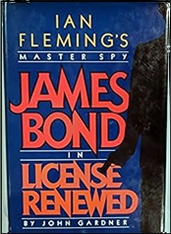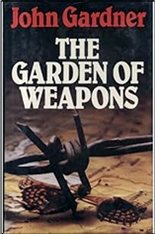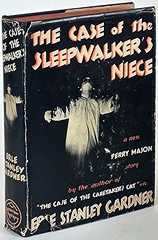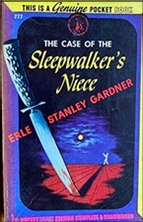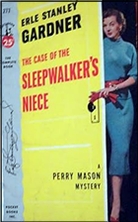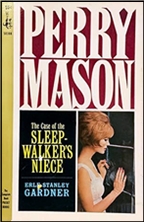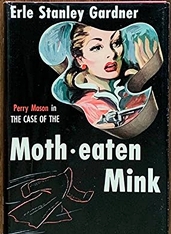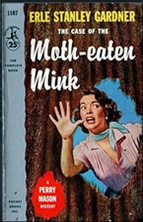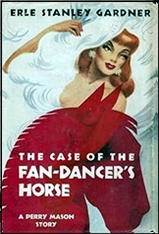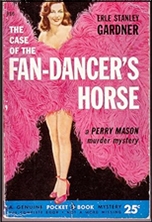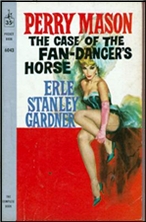Fri 19 Sep 2025
A 1001 Midnights Review: BRIAN GARFIELD – Hopscotch.
Posted by Steve under 1001 Midnights , Reviews[3] Comments
by Bill Pronzini
BRIAN GARFIELD – Hopscotch. M. Evans, hardcover, 1975. Fawcett Crest, paperback, 1976. Forge, hardcover/paperback, 2004. Film: AVCO Embassy Pictures, 1980 (with Walter Matthau, Glenda Jackson).
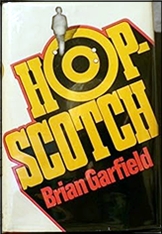
After the debacle with the film version of Death Wish, Garfield produced a number of works in which there is considerable menace and threat of violence, but in which no one actually dies — perhaps to prove to his critics that they were distorting the intent of his work and that he certainly didn’t need to shed copious fictional blood in order to tell a cracking good story. Hopscotch is one of those bloodless works; and testimony to the fact that it is a cracking good story is the Edgar it received for best novel of its year.
The protagonist is Miles Kendig, an ex-CIA agent forcibly retired at the age of fifty-three, who yearns to be back “in the game.” Bored, traveling in Europe since his retirement, “he’d done everything to provoke his jaded sensibilities. High risks: the motor racing. skiing, flying lessons, the gambling which had been satisfying until his own capacities had defeated its purpose: he’d always been professional at whatever he did and his skins were the sort that took the risk out of it after a while.” He even toys with the idea of becoming a double agent for the Russians, but decides it wouldn’t be worth it: Whatever he is, he is not a traitor.
Then a mad but irresistible idea overtakes him, triggered by the thought that The Resurrection of Miles Kendig would be a good title for an autobiography. Why not write his autobiography? Why not put into it everything he knows, everything he learned during his long tenure as one of the best spies in the business? Why not, by doing this, set himself up as the object of an international manhunt — Miles Kendig alone against both his former employers and the Soviets? The ultimate exciting game played for the ultimate stakes: his own life.
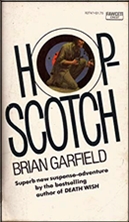
Carefully, meticulously, using all the tricks he has learned over the years, he puts his mad idea into operation — a plan that includes getting himself a New York literary agent (one John Ives, a name Garfield later adopted as a pseudonym) and holing up in a place in rural Georgia to write the book. The action literally hopscotches all over the world — Paris, Marseilles, Casablanca, Stockholm, Helsinki, London — and all over the eastern and southern United States as well. Chasing Kendig along the way (and mostly being made to look foolish) are his former CIA compatriots Myerson, Cutler, and Ross, and his former Russian adversary, Mikhail Yaskov.
Hopscotch bulges with plot and counterplot, with narrow escapes, humor, sex, suspense — all of which add up to a rousing good time for any reader, including those who don’t usually care for CIA-type shenanigans. Also highly recommended is the 1981 film version (which Garfield co-wrote and co-produced), starring Walter Matthau as a somewhat more lighthearted and amusing incarnation of Miles Kendig.
Garfield has also published several other novels with varying degrees of political content, among them Line of Succession (1972), The Romanov Succession (1974), and The Paladin (1982), the latter a thriller about Winston Churchill. Checkpoint Charlie, a 1981 collection of nonviolent short stories featuring a fat, old, conceited, but nonetheless engaging CIA agent named Charlie Dark, makes use of several characters from Hopscotch — Myerson, Cutter, Ross, and the Russian superspy Yaskov — in subordinate roles.
———
Reprinted with permission from 1001 Midnights, edited by Bill Pronzini & Marcia Muller and published by The Battered Silicon Dispatch Box, 2007. Copyright © 1986, 2007 by the Pronzini-Muller Family Trust.
